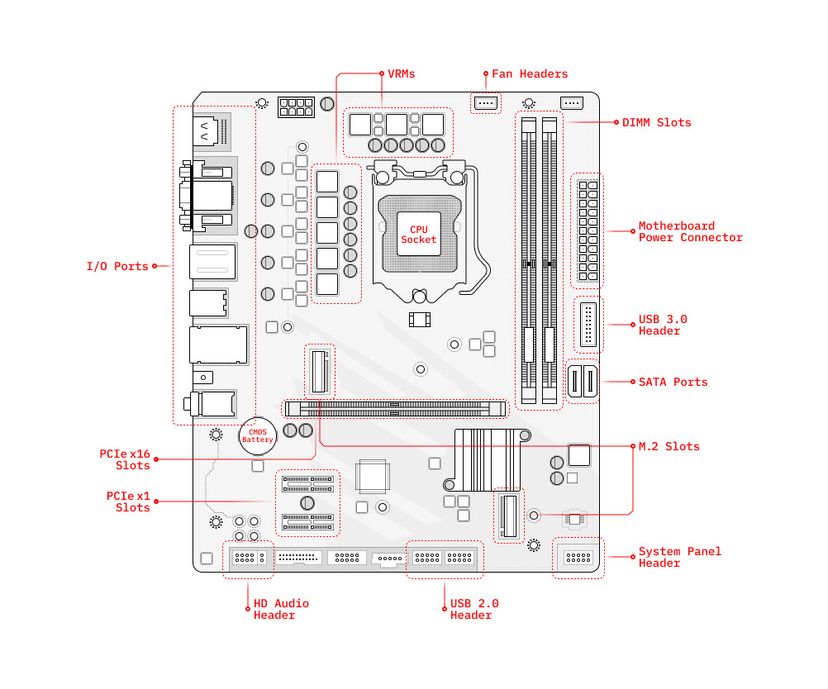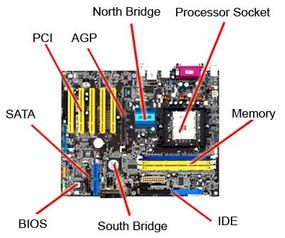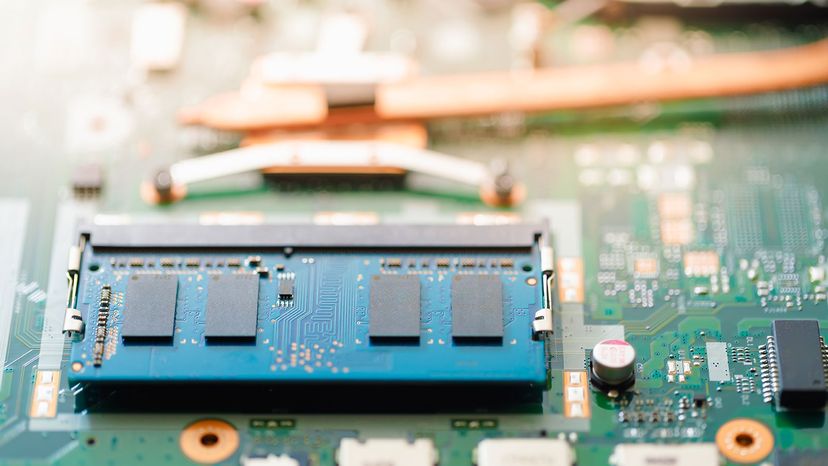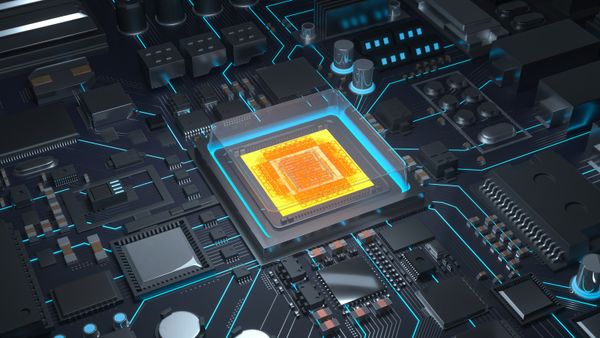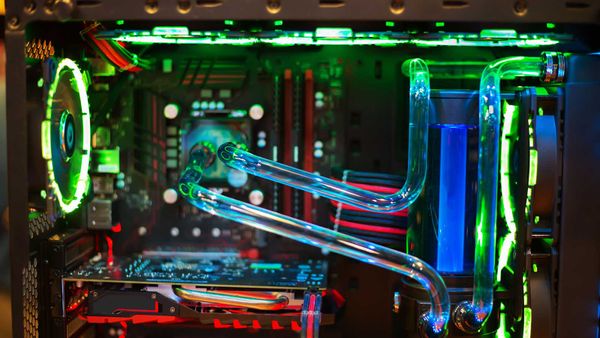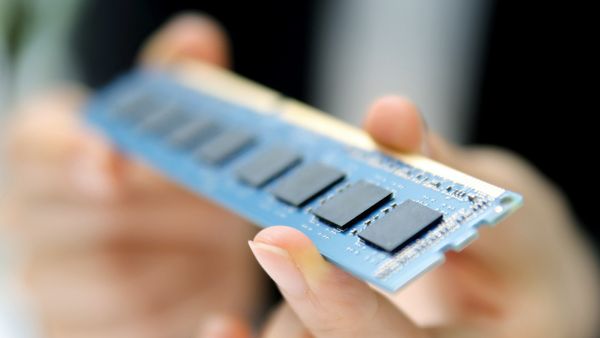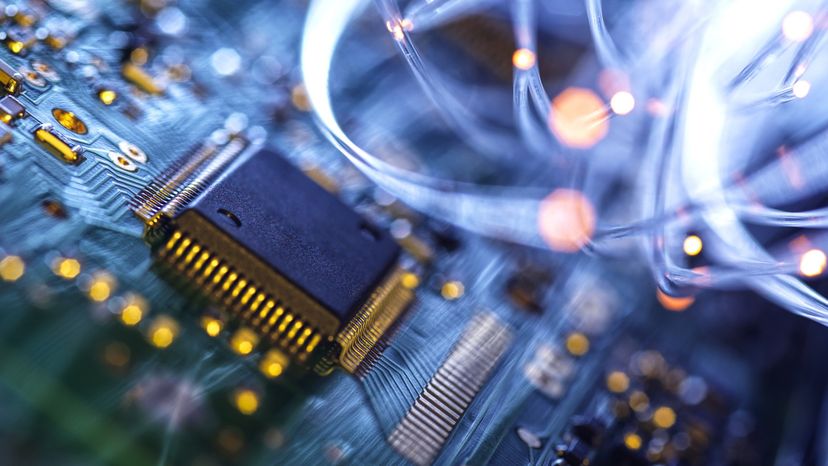
If you've ever taken a computer apart, you've seen the one piece of equipment that ties everything together — the motherboard. A motherboard is the central circuit board that has the components and connectors that allow all the parts of your computer to receive power and communicate with one another. It is sometimes referred to as the mainboard, main circuit board or base board. Motherboards typically boast a wide variety of built-in features, and they directly affect a computer's capabilities and potential for upgrades.
Motherboards are certainly not a new invention. They could be found in mainframe computers before the personal computer revolution. The first PC motherboards held very few actual components. The first IBM PC motherboard had only a processor and card slots. Users plugged components like floppy drive controllers and memory into the slots. Compaq was the first to use a motherboard not derived from an IBM design. This new design used a processor from Intel. Although some in the industry thought it was a gamble, when Compaq's sales took off, other companies followed suit.
Advertisement
By the 1990s, Intel controlled around 40 percent of the PC's motherboard market. Today, the biggest players are Asus, Gigabyte Technology and Micro-Star International (MSI). Asus, the largest motherboard manufacturer in the world, controls around 13 percent of the market. Intel is still in the top 10 of motherboard manufacturers.
In this article, we'll look at the general components of a motherboard. Then, we'll closely examine five points that dramatically affect what a computer can do.
